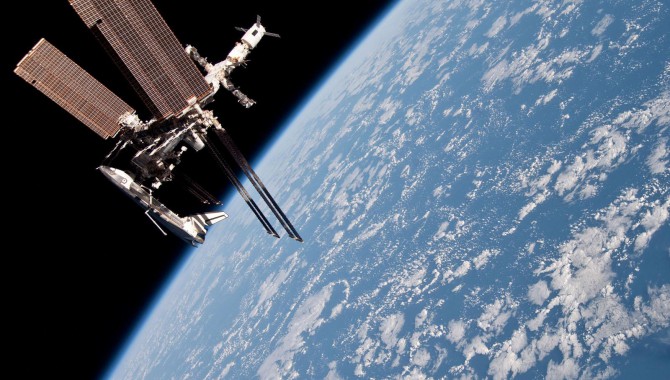
By Alessandro Ercolani Since joining the European Space Agency, ESA, in 2000, I have developed my whole career at the Department of Ground Segment Engineering.

By Alessandro Ercolani Since joining the European Space Agency, ESA, in 2000, I have developed my whole career at the Department of Ground Segment Engineering.
By Ed Hoffman The first International Astronautical Congress (IAC) held on the African continent was a potent reminder that nations seek the benefits of spaceflight for many different reasons.

Don Cohen, Managing Editor In their frank analysis of the failure of the Wide-field Infrared Explorers primary mission (“WIRE: Learning from Failure”), Bryan Fafaul and Kerry Ellis explain that this project based on “insight, not oversight” didn’t have enough of either.

By Dava Newman For the past dozen years, I have been working with colleagues and students here at the Massachusetts Institute of Technology (MIT) and with collaborators in various disciplines from around the world to develop a new kind of spacesuit.

By Laurence Prusak Every once in a while, some U.S. or other government agency or a nongovernmental organization issues a report that is actually very useful and—dare I say it—even startling in its implications.

NASA in the News NASA’s Kepler mission has confirmed its first discovery of a planet in the “habitable zone,” the region where liquid water could exist on a planet’s surface.

On August 1, 2010, almost the entire Earth-facing side of the sun erupted in activity from a C3-class solar flare, a solar tsunami, large-scale shaking of the solar corona, radio bursts, a coronal mass ejection, and more. This extreme ultraviolet snapshot from the Solar Dynamics Observatory (SDO) shows the sun’s northern hemisphere in mid-eruption. Different […]

By Bob Chesson Most European Space Agency (ESA) projects are contracted to European industry on a firm fixed-price (FFP) basis. These FFP contracts and their statements of work transfer most of the project risks to the prime contractor, who then transfers as much risk as he can to subcontractors and equipment suppliers.